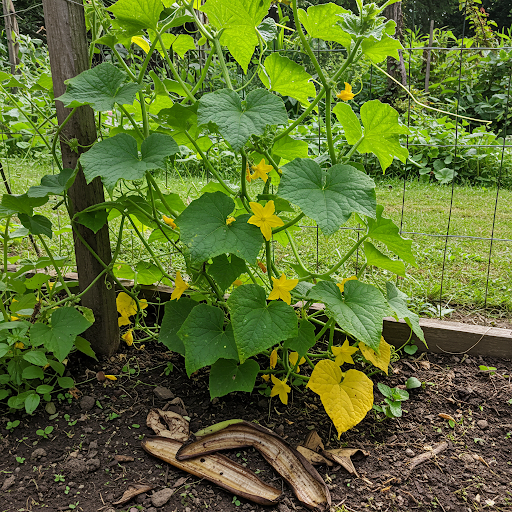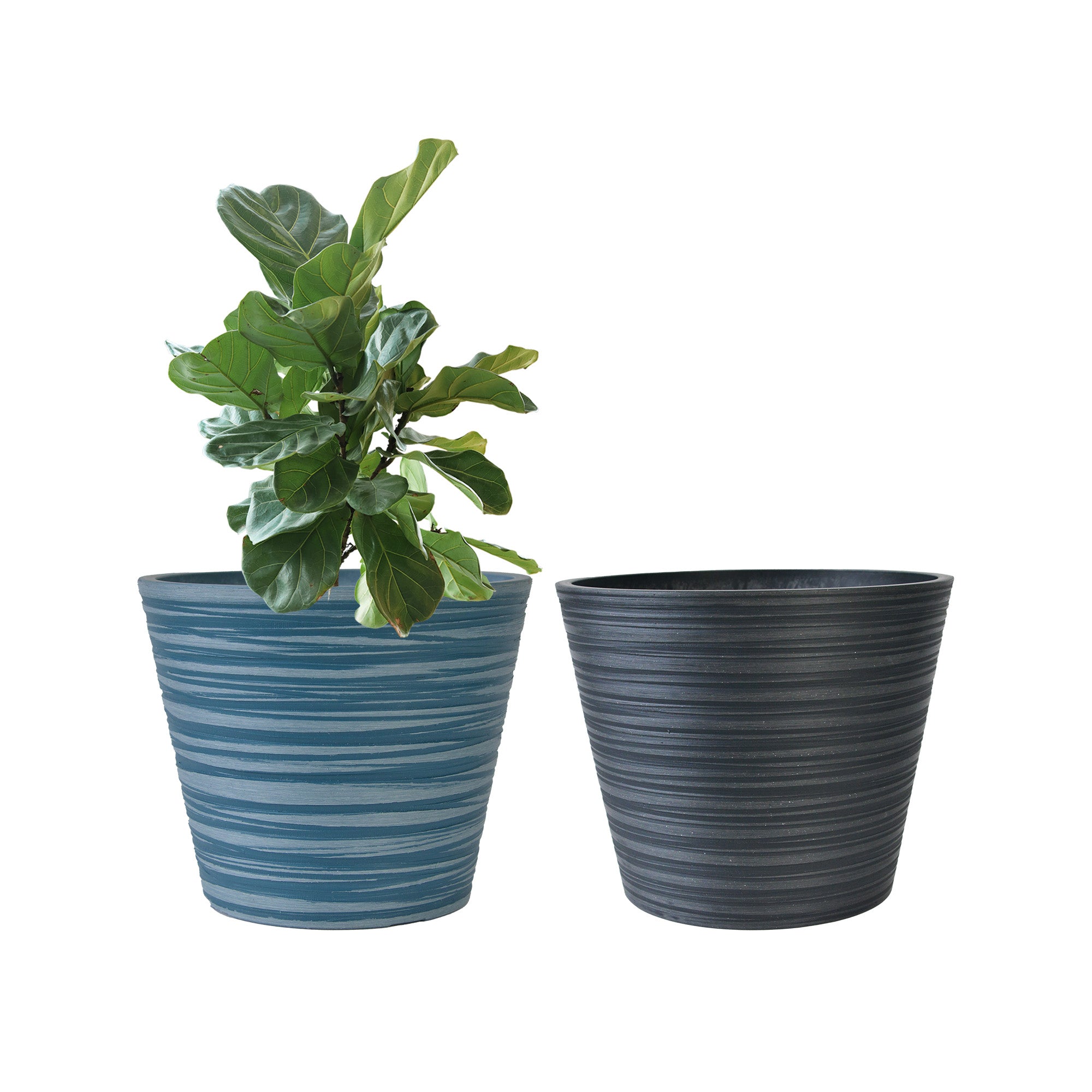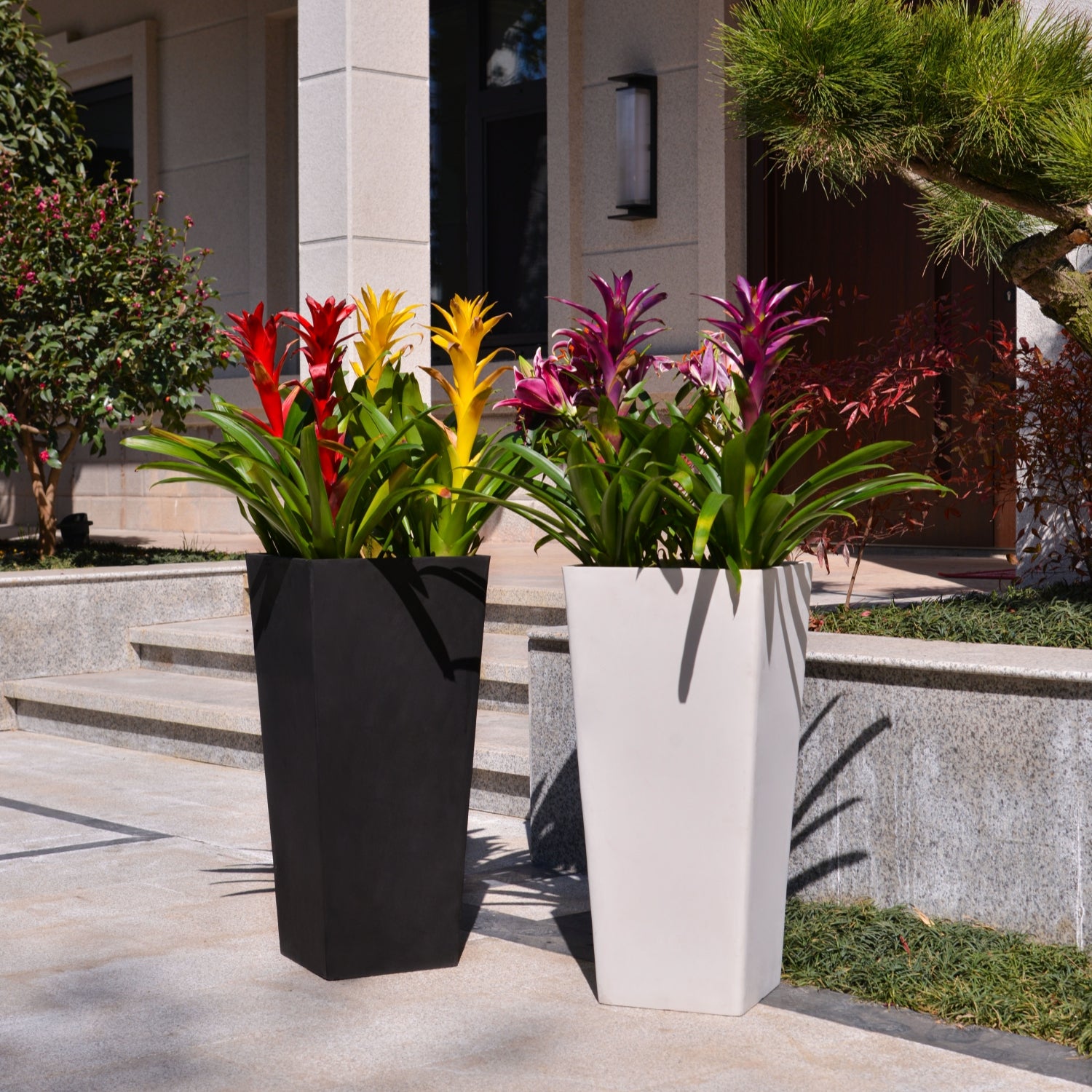Water Your Cucumbers with This, and You’ll Be Swimming in a Bumper Crop! Natural Fertilizers for a Huge Harvest
Growing a successful cucumber patch requires more than just the right soil conditions and watering; effective fertilization is key. Instead of relying on synthetic fertilizers, consider using natural and organic feeding methods to encourage growth, boost resistance, and increase your cucumber yield. Here are some powerful natural fertilizers that could turn your cucumber garden into a plentiful paradise.
1. Oatmeal and Sugar Fertilizer
Ingredients:
- 1 tablespoon of sugar
- 3 tablespoons of oatmeal (any type)
- 1 quart of water
Instructions:
- Mix all the ingredients together until somewhat combined.
- Let the mixture sit for 2 hours.
- Strain and dilute with 1 quart of water (totaling 2 quarts).
- Further dilute 1 cup of this mixture in 3 quarts of water.
- Water at the base of the plants every 25-30 days.
Claimed Benefits: This recipe is said to provide essential carbohydrates and nutrients for cucumbers, promoting rapid growth and a bountiful harvest.

2. Banana Peel Fertilizer
Ingredients:
- 1 banana peel
- 2 quarts of water
Instructions:
- Chop or blend the banana peel.
- Soak it in 2 quarts of water for 24 hours.
- Strain the solution.
- Dilute 1 cup of this solution in 3 quarts of water.
- Water at the base of the plants.
Claimed Benefits: Banana peels are rich in potassium and phosphorus, which are crucial for flowering and fruiting. This fertilizer is suggested to ensure a continuous and abundant production of cucumbers.
3. Pea and Lemon Fertilizer
Ingredients:
- 5 tablespoons of peas (fresh or frozen)
- ½ a lemon (juiced or chopped)
- 2 quarts of water
Instructions:
- Soak the peas and lemon in the water for 12 hours.
- Blend the mixture.
- Strain and dilute with 1 quart of water (totaling 3 quarts).
- Further dilute 1 cup of this mixture in 3 quarts of water.
- Water at the base of the plants.
Claimed Benefits: Peas are said to provide nitrogen, while lemon adds acidity, potentially making nutrients more accessible to the cucumbers.
4. Turmeric Fertilizer
Ingredients:
- 1 teaspoon of turmeric powder
- 1 quart of water
Instructions:
- Mix the turmeric with the water.
- Dilute 1 cup of this mixture in 3 quarts of water.
- Water at the base of the plants.
Claimed Benefits: Turmeric has antifungal and antibacterial properties that may protect cucumbers from diseases and boost plant immunity.

5. Pepper and Potato Peel Fertilizer
Ingredients:
- 1 teaspoon of ground pepper (cayenne or black)
- Potato peels from 2-3 potatoes
- 2 quarts of water
Instructions:
- Soak the potato peels in the water for 12 hours.
- Blend the mixture (including the pepper).
- Strain and dilute with 1 quart of water (totaling 3 quarts).
- Further dilute 1 cup of this mixture in 3 quarts of water.
- Water at the base of the plants.
Claimed Benefits: Potato peels are a good source of potassium, while pepper is suggested as a natural pest deterrent.
6. Rice and Lemon Fertilizer
Ingredients:
- 1 tablespoon of uncooked rice
- ½ a lemon (juiced or chopped)
- 2 quarts of water
Instructions:
- Soak the rice and lemon in the water for 12 hours.
- Blend and strain the mixture.
- Dilute 1 cup of this mixture in 3 quarts of water.
- Water at the base of the plants.
Claimed Benefits: Rice is said to provide starches and beneficial bacteria, while lemon may enhance nutrient absorption.
7. Hibiscus Fertilizer
Ingredients:
- 1 tablespoon of dried hibiscus flowers
- 2 quarts of hot water
Instructions:
- Steep the hibiscus flowers in hot water for 4 hours.
- Strain.
- Dilute 1 cup of this mixture in 3 quarts of water.
- Water at the base of the plants.
Claimed Benefits: Hibiscus is rich in organic acids that may improve soil structure and nutrient uptake.
8. Activated Charcoal and Starch Fertilizer
Ingredients:
- 1 tablet of activated charcoal (crushed)
- 1 tablespoon of cornstarch or potato starch
- 1 quart of water
Instructions:
- Mix all the ingredients together.
- Strain and dilute with 2 quarts of water (totaling 3 quarts).
- Water at the base of the plants every 25-30 days.
Claimed Benefits: Activated charcoal is suggested to detoxify the soil and improve root health, while starch provides essential carbohydrates for growth.
9. Potato Starch and Oatmeal Fertilizer
Ingredients:
- 1 tablespoon of potato starch
- 1 tablespoon of oatmeal (any type)
- 2 quarts of water
Instructions:
- Mix all the ingredients together.
- Let it sit for 12 hours.
- Strain and dilute 1 cup of this mixture in 3 quarts of water.
- Water at the base of the plants.
Claimed Benefits: This fertilizer is said to boost plant immunity, prevent diseases, and promote growth.
10. Garlic and Aspirin Fertilizer
Ingredients:
- 1 clove of garlic (crushed)
- 1 uncoated aspirin tablet (crushed)
- 2 quarts of water
Instructions:
- Mix the garlic and crushed aspirin in the water.
- Strain and dilute with 1 quart of water (totaling 3 quarts).
- Further dilute 1 cup of this mixture in 3 quarts of water.
- Water at the base of the plants.
Claimed Benefits: Garlic is a natural insecticide, while aspirin is suggested to boost plant immunity, leading to healthier cucumbers.
Important Considerations for US Gardeners:
While these are presented as natural fertilizer options, it’s important to note that scientific evidence supporting the effectiveness of each specific recipe may vary. Some of these ingredients, like banana peels (for potassium and phosphorus) and composted materials (for a range of nutrients), are well-known beneficial additions to garden soil. Others, like sugar, pepper, rice, and aspirin, have less established roles in direct plant fertilization and their effectiveness might be anecdotal.
It’s always a good idea to observe your plants closely after applying any new fertilizer, whether homemade or commercial. If you notice any signs of stress or negative reactions, discontinue use. Soil testing can also provide valuable insights into your soil’s specific nutrient needs.
Consider these homemade fertilizers as supplemental boosts rather than complete replacements for a balanced fertilizer, especially for heavy-feeding plants like cucumbers.
Final Thoughts
By exploring these organic fertilizer options, you can work towards growing healthier, more productive cucumbers without relying on harsh chemicals. The natural ingredients in these solutions offer essential nutrients while potentially protecting your plants from diseases and pests. Experiment with these methods in your gardening routine and enjoy the rewards of a potentially abundant harvest throughout the season!
Planter 5 in W / 8 in W / 12 in W or Indoor Outdoor Plants, Modern Decorative Plant Pots with Drainage Hole, Decorative Flower Pots
By greenship-seo|2025-04-10T06:37:58+00:00January 16, 2025|Categories: Hand-carving Series|Tags: Decorative Flower Pots|
GreenShip 27inch Tall Planters for Porch, Large Outdoor Planter Pots with Drainage Hole
By greenship-seo|2025-04-10T06:27:21+00:00April 7, 2025|Categories: Hand-carving Series|Tags: Decorative Flower Pots|
HS
By greenship|2024-08-13T06:45:17+00:00August 13, 2024|Categories: Hand-carving Series|
KC3-14A
By greenship|2024-08-16T06:26:30+00:00August 16, 2024|Categories: Hand-carving Series|
Planter 6 in W / 8 in W / 12 in W Indoor or Outdoor Plants, Modern Decorative Plant Pots with Drainage Hole, Decorative Flower Pots
By greenship-seo|2025-02-06T13:43:53+00:00January 16, 2025|Categories: Hand-carving Series|Tags: Decorative Flower Pots|
20T
By greenship|2024-08-13T06:42:22+00:00August 13, 2024|Categories: Hand-carving Series|






